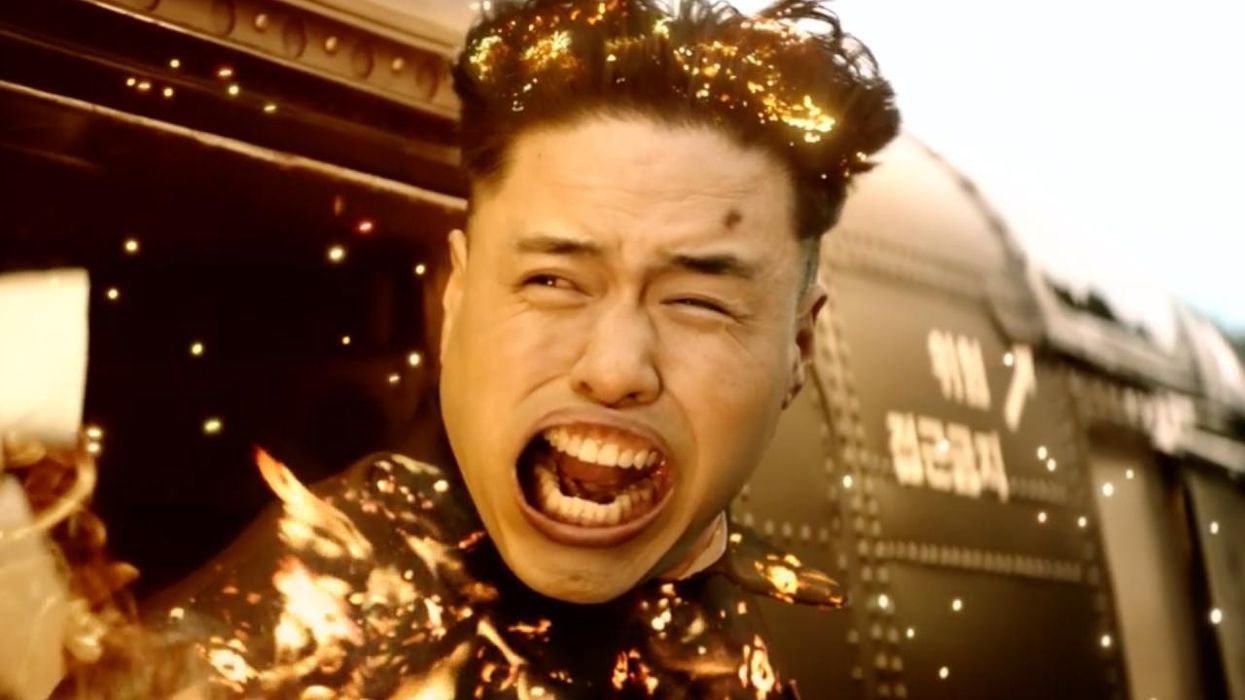What This Supercut of Slow-Motion in Movies and TV Can Teach You
Slow-motion for me, slow-motion for me, move in slow-motion for me.

One of the best shots in all of cinema is the slow-motion shot. It can make your characters look cool, emphasize a plot reveal, or highlight a moment. But guess what? One of the worst shots in all of cinema is the slow-motion shot. It can come off as cheesy, over the top, and take the audience completely out of the scene.
That's the line you walk with slow motion. Still, I find myself loving it almost every time it's used right. It can add so much to the story. Check out this incredible supercut and let's talk slow-motion after.
What This Supercut of Slow-Motion in Movies Can Teach You
Before we get into the celebration, I wanted to highlight some filmmaking terms.
Slow-motion definition
Slow-motion, or slow-mo, was invented by the Austrian priest named August Musger in the early 20th century. It is when what happens on-screen looks like it is going slower than our average perception of time. The way this is accomplished is using cameras that shoot multiple frames per second.
60fps, 120fps, and 240fps are all frame rates used for slo-mo. Typically, the video is then slowed down to 24fps or 30fps in post-production to create a smooth effect.
A term for creating slow-motion in film is "overcranking," which refers to hand cranking an early camera at a faster rate than normal rate.
Why use Slow-Motion in Movies and TV?
As I said in the opening, slow-motion has lots of uses. Outside of reviewing sports moments, slow-motion is used to add emotion, reveal something big, emphasize a shot, or put a poignant moment into an action sequence.
There are a lot of ways filmmakers use slow-motion that are creative and interesting.
The Best Examples of Slow-Motion in Movies and TV
Think about the way we see slow-motion in movies like The Matrix or even in the Quiksilver scenes in X-Men. Those are creative spins on slowing down the world and adding in character development, motives, and payoffs.
In a movie like The Hurt Locker, slow motion shows us the reaction time of a character as he dismantles a bomb. Or the dramatic conclusion of Sam Peckinpah's The Wild Bunch where we see the kind of violence these bandits have brought to the West. Or even the slow-motion at the end of Signs, where we see Merrill finally realize fate has brought everyone to this moment, and he has to use the bat to swing away at the aliens.
I won't cover bad uses here, because I think all uses of slow-motion are entirely subjective. Some people hated it in The Snyder Cut, but I thought it fit into his attempt to capture the mythology behind each hero in the story.
Summing Up Slow-Motion in Film and TV
Now that you know the term and celebrated it in the supercut, I hope you have some ideas on how you can use it in your next work. I think there's always a sparing or brief slow-motion shot that can help highlight a moment in any movie. I mean, look at that brief beach scene in Saving Private Ryan, versus how The Interview uses slow-mo at the end of the movie to show their villain's death.
There's a lot of room for you to create, so go get creative.
I can't wait to see what you come up with!
And let us know what you think of slow-mo in the comments.











